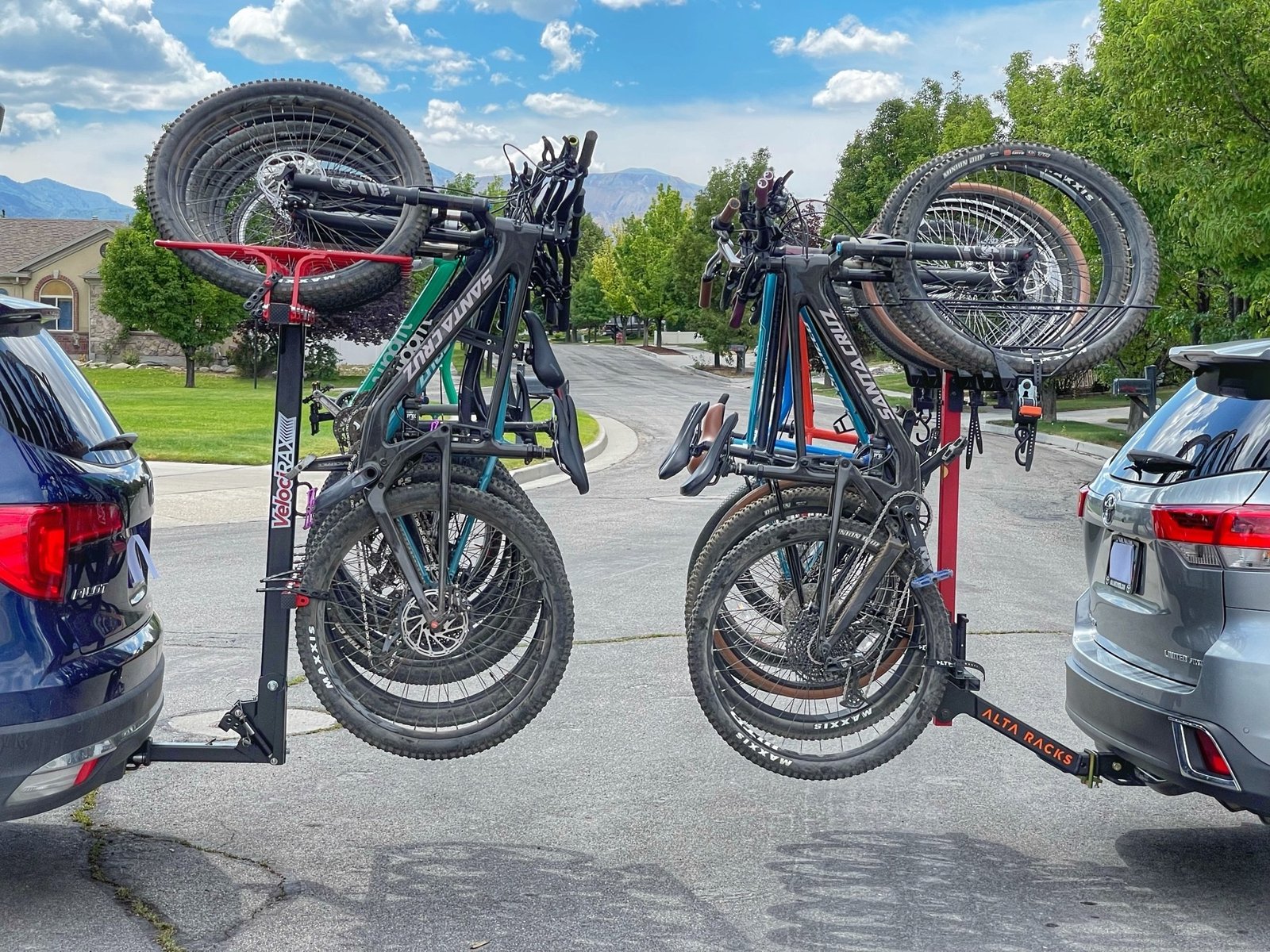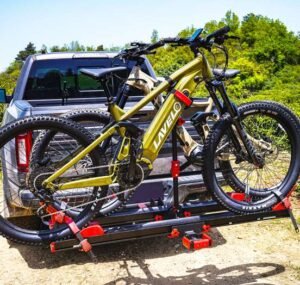Transporting bikes can be a challenge, especially if you’re an avid cyclist. Choosing the right bike rack for your car is essential to ensure your bikes are securely transported. This guide will explore the various types of bike racks available, their pros and cons, and popular brands to help you make an informed decision.
There are six types of bike racks for cars, including hitch-mounted racks, roof-mounted racks, trunk-mounted racks, truck bed racks, spare tire racks, and suction cup racks. Each type has its own advantages and disadvantages, making it suitable for different needs and vehicle types.
Let’s dive deeper into each type of bike rack to understand their features, benefits, and drawbacks.
1. Hitch-Mounted Bike Racks
Hitch bike racks, which attach to the vehicle’s trailer hitch, come in various designs to suit different needs and preferences. Here are the main types of hitch bike racks:
1.1 Hanging Hitch Bike Racks
These racks allow bikes to hang by their frames. They are typically lighter and more affordable than platform racks.
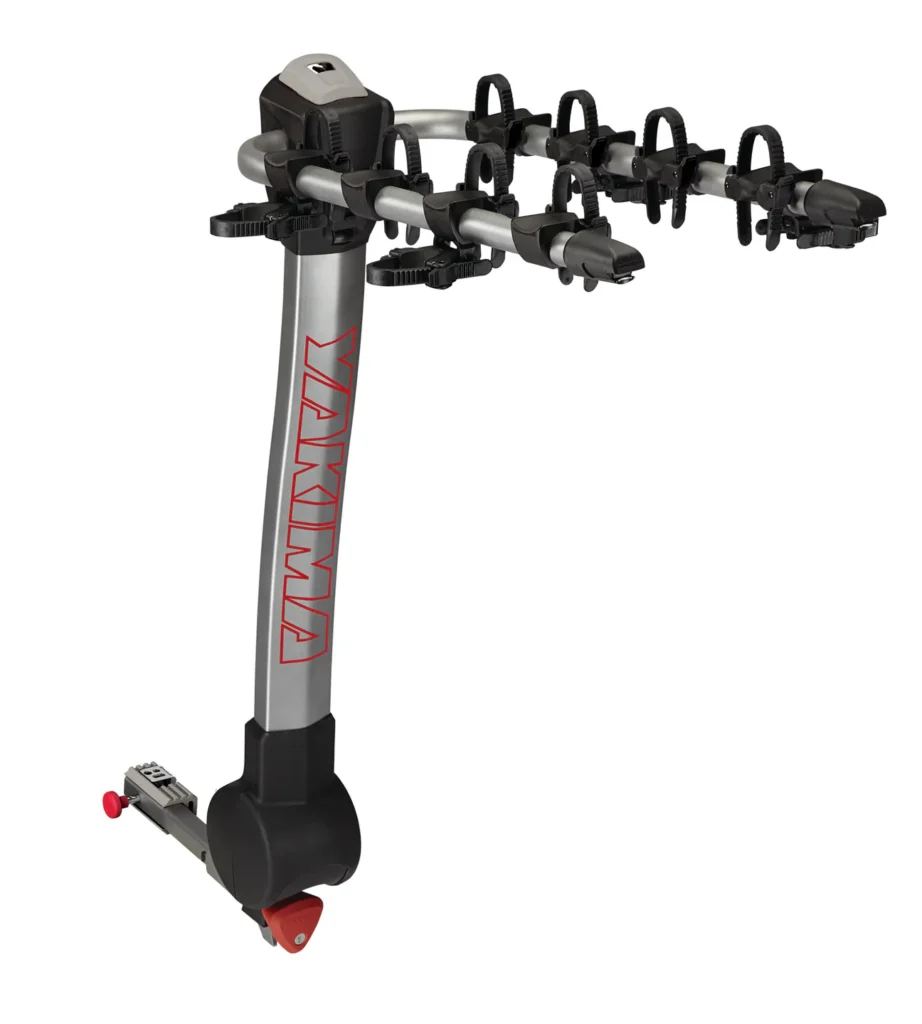

Pros:
- Generally more affordable
- Lighter and easier to install
- Can carry multiple bikes
Cons:
- Bikes may sway and contact each other
- Less stable for long trips
- Not suitable for bikes with unconventional frames
1.2 Platform Hitch Bike Racks
These racks support bikes by their wheels, making them more stable and secure. They are often preferred for their ease of loading and unloading.

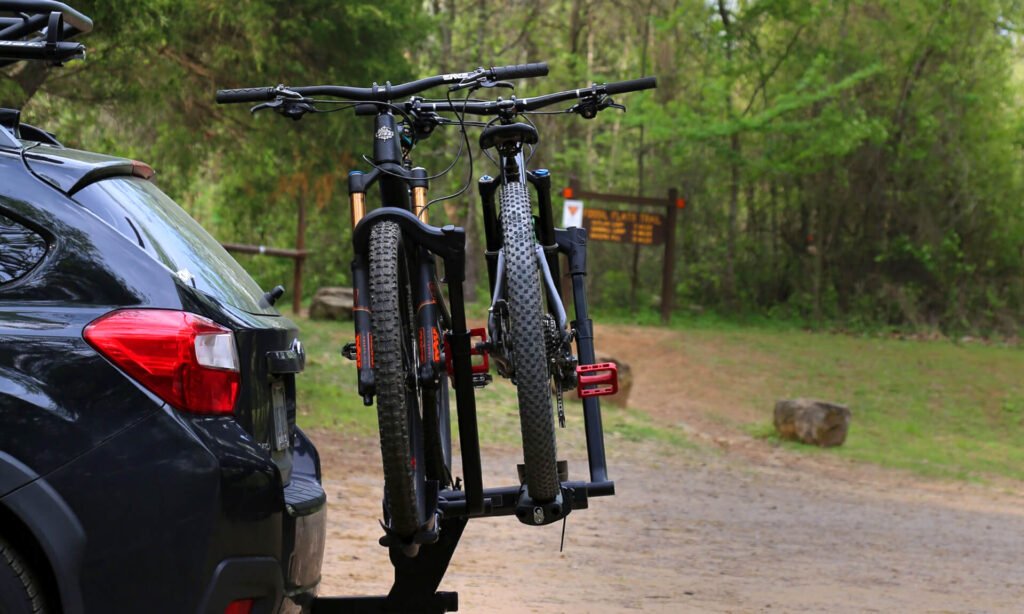
Pros:
- Secure and stable
- Minimal bike-to-bike contact
- Suitable for all bike types, including e-bikes and fat bikes
Cons:
- Generally more expensive
- Heavier and bulkier
- May obstruct rear vehicle access
1.3 Vertical Hitch Bike Racks
Vertical hitch racks hold bikes vertically, often by the front wheel or fork. These racks can carry multiple bikes in a compact space.
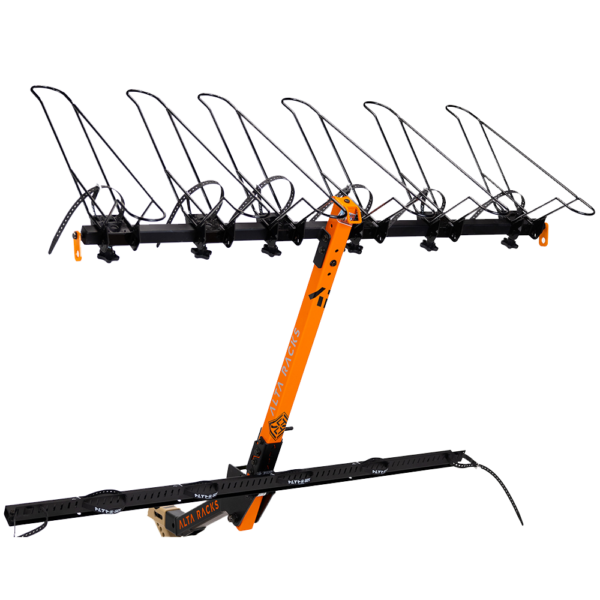

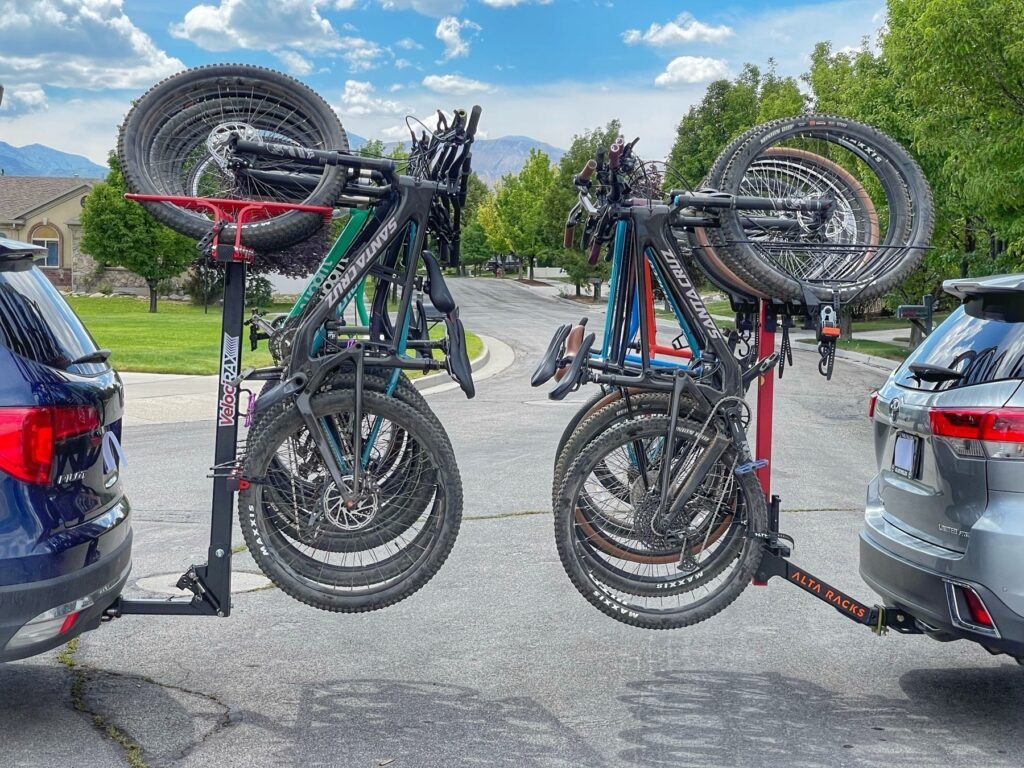
Pros:
- High bike-carrying capacity
- Efficient use of space
- Suitable for mountain bikes
Cons:
- May require lifting bikes higher
- Can be harder to load and unload
- Potential for increased vehicle length
2. Roof-Mounted Bike Racks
Roof-mounted bike racks secure bikes on top of the vehicle. They are ideal for maintaining trunk access and can be used alongside other roof accessories. These racks require lifting the bike overhead, which can be challenging for heavier bikes, and they may increase vehicle height, affecting clearance.
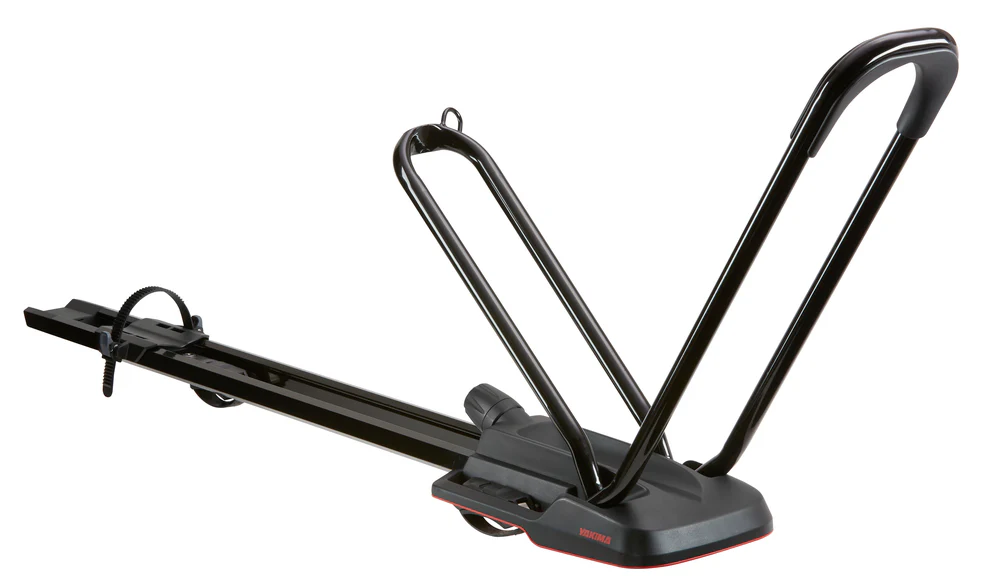

Pros:
- No hitch needed
- Maintains rear vehicle access
- Can be used with other roof accessories
Cons:
- Increased vehicle height, limiting access to low-clearance areas
- Heavy bikes can be challenging to load
- Potential for aerodynamic drag
3. Trunk-Mounted Bike Racks
Trunk-mounted bike racks are affordable and lightweight, making them easy to install and remove. They attach to the back of the car using straps. While compatible with many vehicles, they offer limited stability and security, can scratch car paint, and often restrict trunk access.

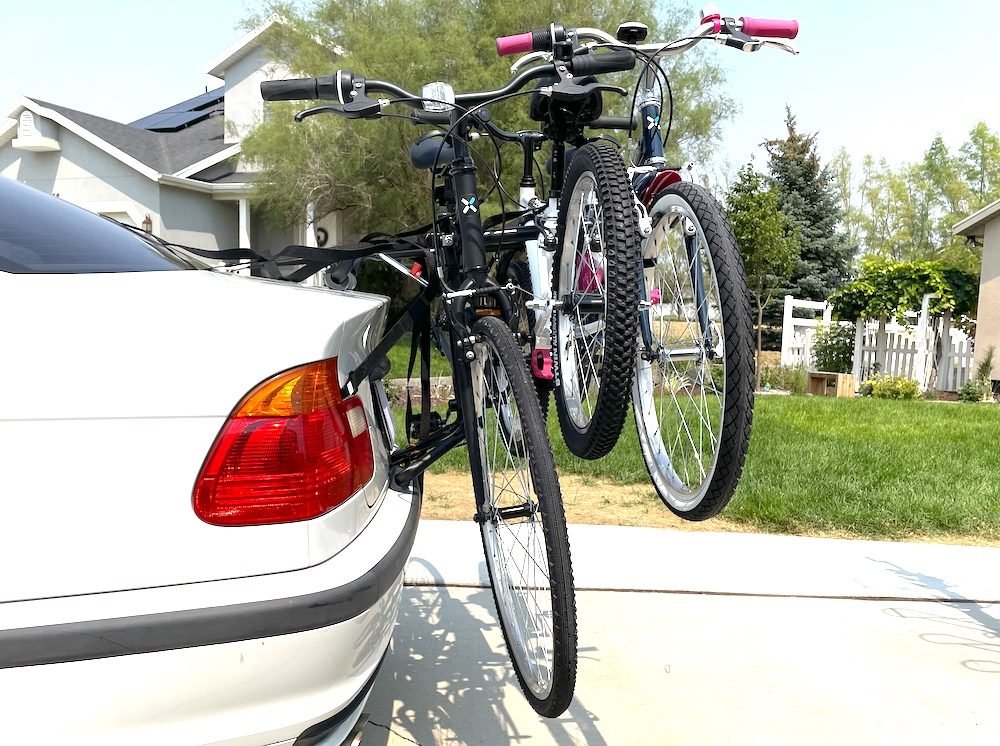
Pros:
- Affordable and lightweight
- Easy to install and remove
- Compatible with a wide range of vehicles
Cons:
- Limited stability and security features
- Potential to scratch car paint
- Limited trunk access when installed
4. Truck Bed Bike Racks
Truck bed bike racks are designed for pickup trucks, offering high capacity (up to seven bikes) and easy installation. They don’t require extra mounting points but take up truck bed space, making it difficult to load heavy bikes. Additional security measures may be needed to prevent theft.
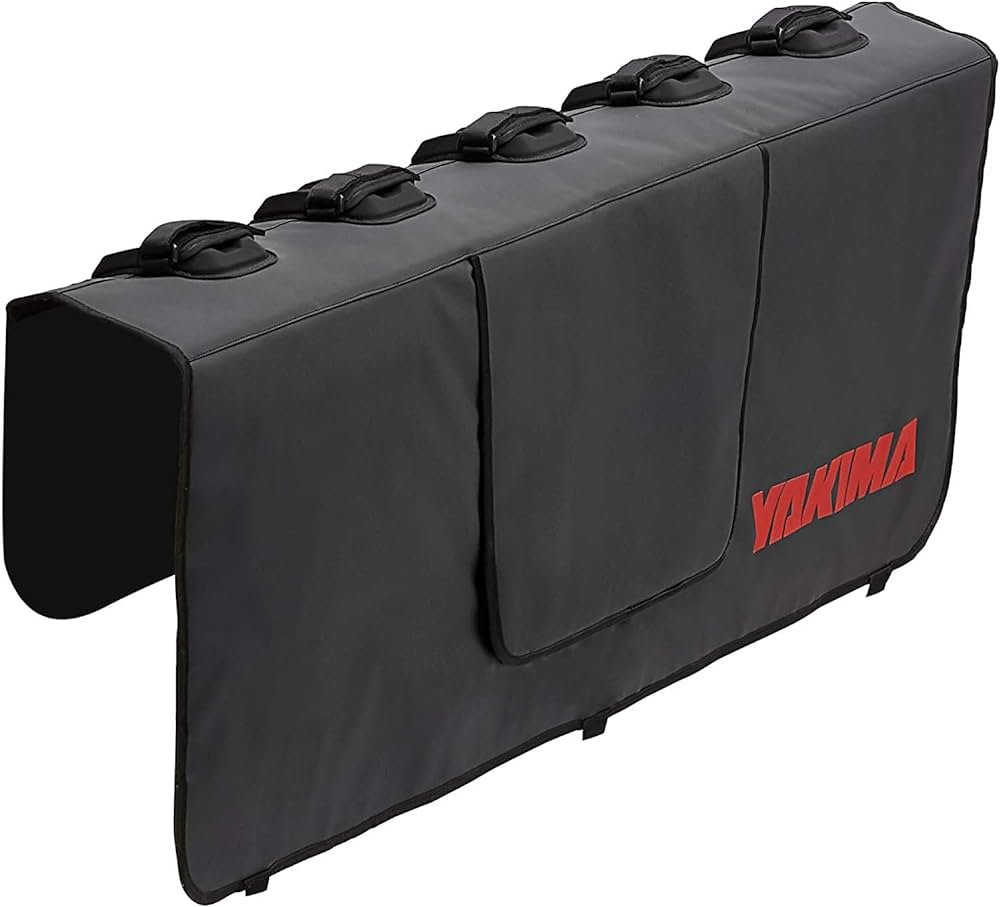
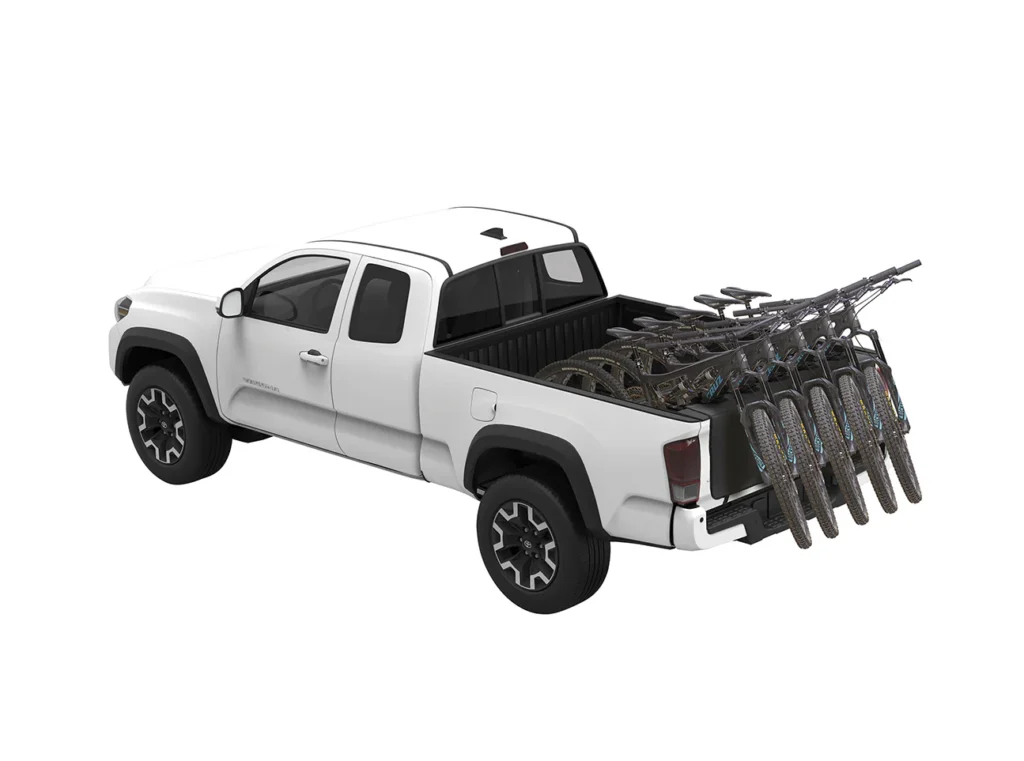
Pros:
- High capacity (up to seven bikes)
- Easy to install and remove
- No extra mounting points needed
Cons:
- Takes up truck bed space
- Heavy bikes can be difficult to load
- May require additional security measures
5. Spare Tire Bike Racks
Spare tire bike racks attach to the vehicle’s rear spare tire. They are easy to attach and detach, lightweight, and maintain trunk access. However, they are limited to vehicles with rear spare tires, can carry a maximum of two bikes, and may sway on bumpy roads.
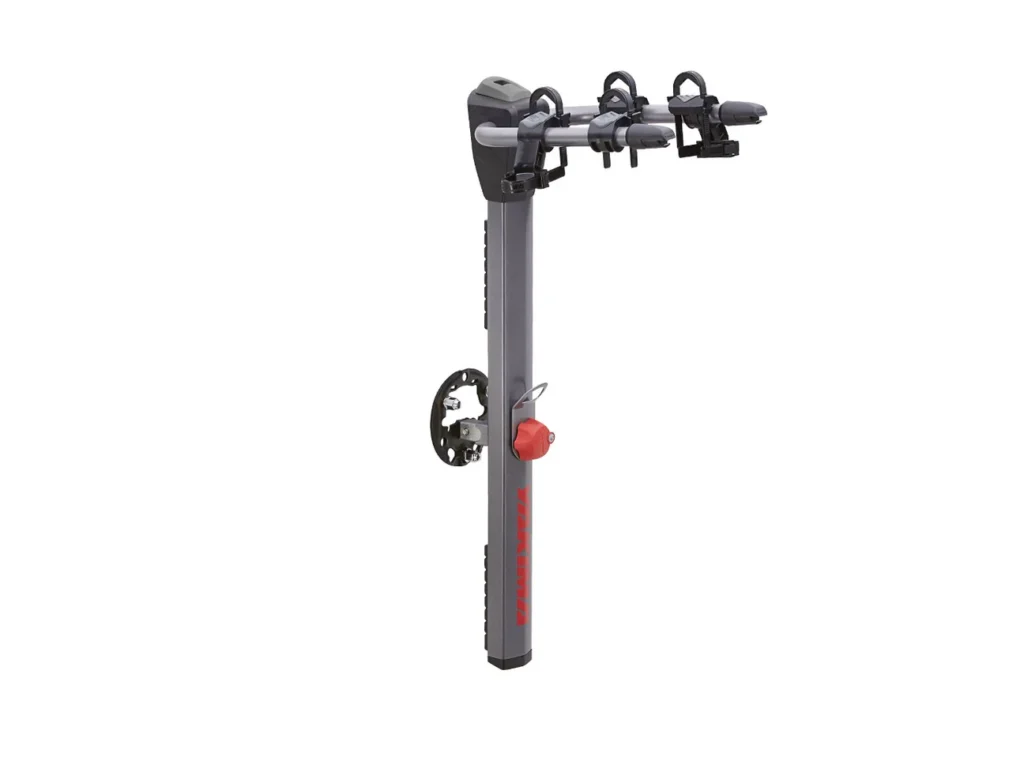

Pros:
- Easy to attach and detach
- Lightweight and portable
- Maintains trunk access
Cons:
- Limited to vehicles with rear spare tires
- Can carry a maximum of two bikes
- May sway on bumpy roads
6. Suction Cup Bike Racks
Suction cup bike racks use powerful suction to attach to various surfaces of the vehicle. They are lightweight, compact, and versatile, making them suitable for unconventional or racing cars. Despite their strong suction, they can be expensive and require trust in the suction mechanism’s reliability.


Pros:
- Versatile and can be attached to various vehicle surfaces
- Lightweight and compact
- Easy to store when not in use
Cons:
- Comparatively expensive
- Requires trust in the suction mechanism’s reliability
Choosing the right bike rack depends on your vehicle type, how frequently you transport bikes, and your specific needs. Whether you prefer the stability of a hitch-mounted rack or the versatility of a roof-mounted rack, there’s an option to suit every cyclist’s needs. Ensure you consider the pros and cons, and the brands mentioned to make the best choice for your biking adventures.

